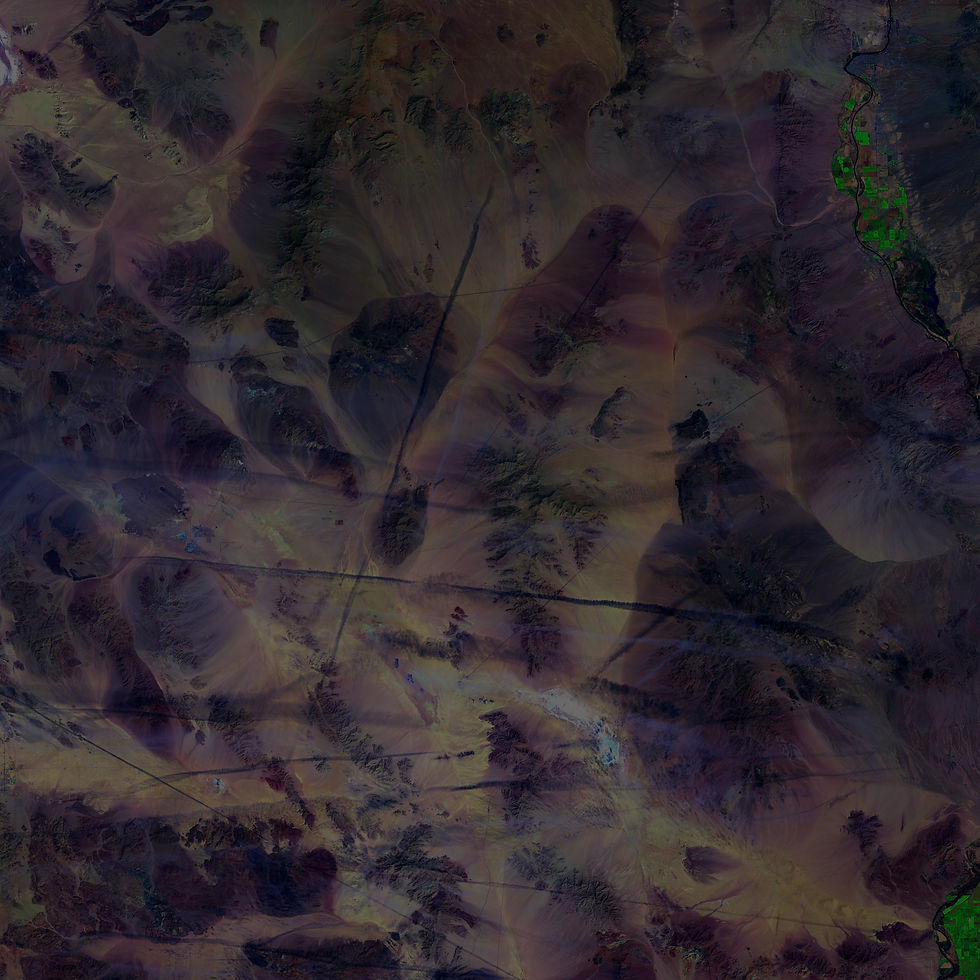top of page
Ciclo 2019-2026: Metahumanismo y hábitats experimentales
Enfasis en proyecto e investigación tecnológica, EAU, UN

Más allá de la sostenibilidad +
Nuevas Materialidades +
Amenazas y Resiliencia + Bioclimática
Andrés IBAÑEZ +
Andrés F. PEREZ + Daniel ROJAS +
David PERICO
SOIL-RAM
Low-tech landscape and soil-shaping techniques
Soil can work miracles. In the decade of 1950´s, the National University of Colombia (NUC) developed Cinva Ram, a simple device to make bricks with one of the most abundant materials on earth: soil. It changed millions of peoples’ lives in Africa who could afford and built a home. Soilscapes is a multidisciplinary team of entrepreneurs from the School of Architecture and Urban Design at NUC, Colombia, who are reviving the legacy of Cinva Ram, by developing a series of low-tech landscape and soil-shaping techniques that can make a big difference in the Sahel area, applying the Cinva Ram and other low-tech and manual methods practiced for centuries by desert communities in agriculture, vegetation restoration, water harvesting, water management, temperature regulation and erosion prevention. "Soil-Ram" embodies the technical knowledge of geotechnics with the magic of geometric design to recover the role that the sand and soil once played to sustain communities and nature in dry lands. Soil Ram places attention on brown infrastructure, and its key role in maintaining green and blue infrastructure networks in the Sahel. It simultaneously reconnects people with land as one of the most sacred natural elements in African cosmovision.

THE PROBLEM
Arid land has reached almost half (43%) of the extension of all available land in Africa. The dry soil is both a consequence and a cause of climate change. As the soil loses its capacity to absorb and evaporate water, vegetation can no longer be supported, and the rain triggering process is in its turn deactivated. Human intervention in the soil can be a triggering factor in the recovery of the whole water cycle and the greening of arid areas, however, many communities in the Sahel have lost knowledge and expertise in ancient techniques to manage the soil in desert and dry areas. Sand, clay and other soil compositions are the most available and primary material in the Sahel, yet there are very few initiatives to use the very soil to make a change. Most of the solution are focused on extremal additions like chemicals and synthetic solutions that will lead to other problems. These foreign materials and substances need to be imported and transported in great volumes but in many places, there are no roads or safety conditions guaranteed.

OUR VISION
Our vision is that more oases will come to life in the Sahel in the coming years, the soil recovers its water retention capability, and communities are reunited around their deep ancient connection with mother earth.
The social impact of Soil-Ram can be evaluated with the number of people that will engage in soil-shaping labor and activities. As this labor is more easily perform in teams of people, it is an indicator of community building. The direct performance indicator is how much area of soil surface is colonized by vegetation and maintained across the land after Soil-Ram strategies are applied. The visibility impact can be measured by the outreach of the world-class land art event and the number of countries these activities are broadcast to, as well as the activity in main social media channels.

HOW IT WORKS
Soil-Ram uses the most abundant material in the desert and arid zones to shape landscape using simple shaping techniques. This architecture of the soil is called brown infrastructure. It can have a great impact at minimum cost and transportation of raw material from abroad or distant places within each country. This method is labor intensive and depends on people’s hands, which lead to nourishing key values like community building and social organization. The set of brown infrastructure techniques target specific functions that are key to the restoration of the Sahel: Water retention, water storage, water conduction, irrigation, thermal balance, protection from wind and sandstorms, soil enrichment for crops. The project uses the concept of garden, which if sacred for African communities that have given the earth and soil many sacred names: Alkebulan, Naa Jaku, Naa Yoomo, Asaase Yaa. The project is a celebration of the soil and mother earth. It also envisions the engagement of international landscape artists with the Great Green Wall through world-class land art events.

RESEARCH
Members of Soilscapes participated in natured based competitions that were awarded internationally: First place in the Global Biomimicry Challenge, and finalists in the Climate Louch Pad, Colombia, 2019. The developments for the Soil-Ram are carried out in the same school where the Cinva Ram was invented, at the National University of Colombia, in Bogotá.


bottom of page